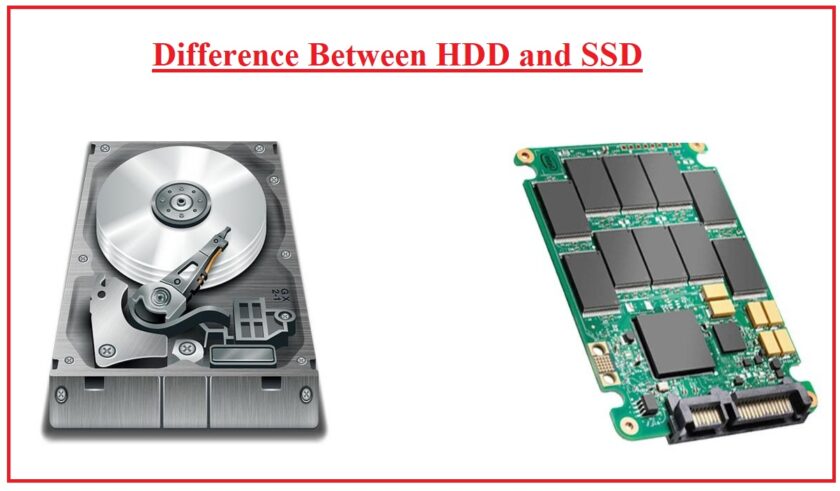What is responsive design in web Development: Responsive design is a web development approach that ensures a website looks and functions well across a variety of devices, from desktops and laptops to tablets and smartphones. The goal is to provide an optimal viewing experience—easy reading, navigation, and usability—regardless of screen size or device orientation. Responsive design uses flexible grids, layouts, images, and CSS media queries to adapt the website’s content dynamically to different screen sizes.
Here’s a breakdown of key components and benefits of responsive design:
Key Components of Responsive Design
- Fluid Grid Layouts:
- Instead of using fixed-width layouts (e.g., in pixels), fluid grids use relative units like percentages to create flexible designs. And this ensures that the elements on the page resize according to the screen size.
- Elements automatically adjust to fit different screens, preventing issues like horizontal scrolling.
- Flexible Images and Media:
- Images, videos, and other media need to be responsive so that they scale appropriately to the device’s screen. CSS rules like
max-width: 100%help media scale within its container without distorting the aspect ratio. - This prevents images from being too large on smaller devices or too small on larger screens.
- Images, videos, and other media need to be responsive so that they scale appropriately to the device’s screen. CSS rules like
- Media Queries:
- CSS media queries are a critical feature in responsive design, allowing developers to apply different styling rules based on the device’s characteristics (such as screen width, height, orientation, and resolution).
- Example: A media query can set different font sizes for screens smaller than 768px and larger font sizes for wider screens.
CSS CODE:@media (max-width: 768px) {
body {
font-size: 14px;
}
}
body {
font-size: 18px;
}
} - Mobile-First Design:
- A mobile-first approach prioritizes designing for smaller screens first, then progressively enhancing the design for larger devices. This ensures the core content and functionality work well on mobile devices, which is critical given the high volume of mobile traffic.
- Developers start by designing for mobile screens and gradually add features and design elements as the screen size increases.
Tools and Frameworks for Responsive Design
- Bootstrap:
- A popular front-end framework that includes pre-built responsive grid systems, media queries, and components. It simplifies the process of creating responsive layouts.
- Foundation:
- Another front-end framework that provides a flexible grid system and ready-to-use UI components, making it easier to build responsive websites.
- CSS Flexbox and Grid:
- Flexbox and CSS Grid are powerful tools for building flexible, responsive layouts. Flexbox is ideal for creating one-dimensional layouts (rows or columns), while CSS Grid is perfect for more complex, two-dimensional layouts.
- Viewport Meta Tag:
- The viewport meta tag is essential for responsive design, ensuring the webpage scales correctly on different devices.
<meta name="viewport" content="width=device-width, initial-scale=1.0">
Conclusion
Responsive design is an essential practice in modern web development, ensuring that websites are user-friendly, accessible, and adaptable to the wide range of devices people use today. By prioritizing fluid layouts, flexible media, and mobile-first development, you create a future-proof website that delivers a great user experience across all devices.






